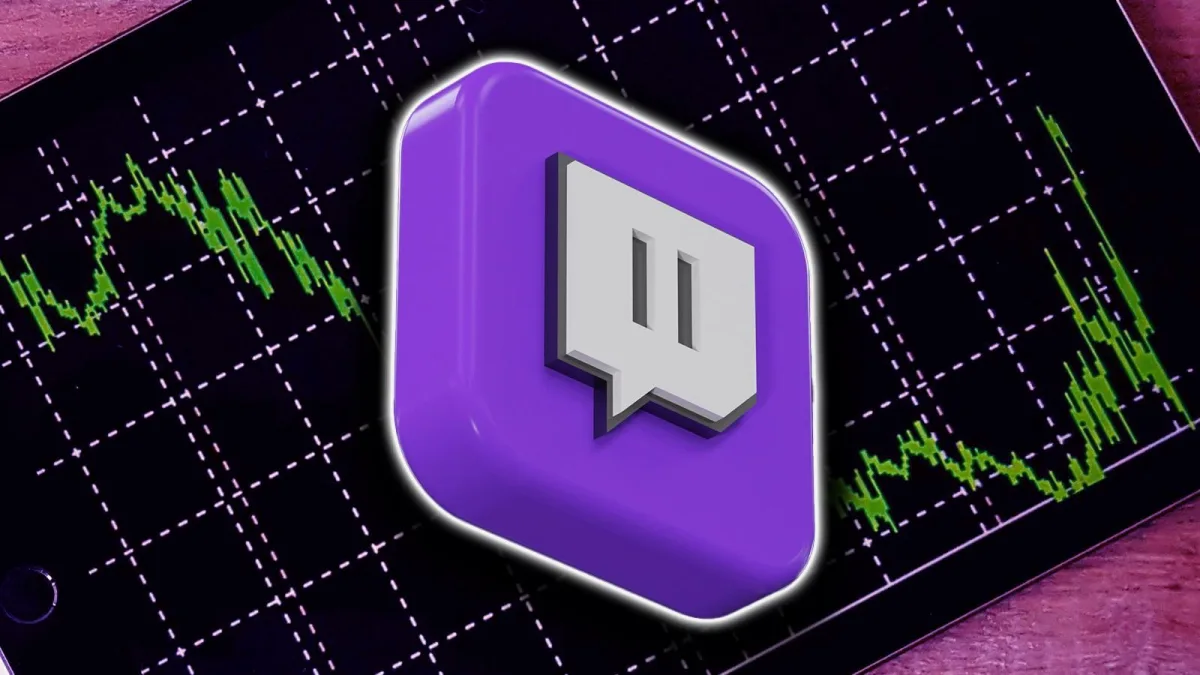Twitch appears to have implemented and then quickly reversed an update designed to filter out viewbots from public viewer counts. The platform saw a dramatic drop in displayed viewership across thousands of channels before numbers mysteriously bounced back within 24 hours.
The suspected anti-bot update went live sometime this week, with observers noting concurrent viewer counts falling by roughly 25% across the platform. Channels that normally showed thousands of viewers suddenly displayed significantly lower numbers. The drop was so widespread that it affected major streamers and smaller creators alike.
Then, just as suddenly as the numbers fell, they climbed back up. Within about a day, viewership metrics returned to their previous levels, prompting immediate speculation about what happened behind the scenes.
Two theories have emerged. The first suggests Twitch rolled back the update after seeing the massive scale of the viewership decline. The second proposes that bot developers simply adapted their software to bypass the new detection methods in record time.
Neither explanation paints a pretty picture for the platform’s ongoing battle against artificial inflation.
Viewbotting has plagued Twitch for years. Bad actors use automated accounts to boost viewer numbers, pushing channels higher in directory rankings and creating an illusion of popularity. These inflated metrics can trick sponsors, mislead real viewers, and unfairly disadvantage legitimate creators who play by the rules.
The detection challenge is technically complex. Modern bots can log in with authentic-looking accounts, maintain realistic viewing patterns, and even participate in chat. They’re designed to blend in with real viewers, making them difficult to identify without accidentally flagging legitimate users.
This wouldn’t be the first time Twitch has struggled with false positives in bot detection. Previous attempts at filtering have reportedly misidentified real viewers as bots, forcing the platform to refine its approach. Too aggressive, and you ban real users. Too lenient, and the bots run wild.
Twitch leadership has previously stated that advertisers only pay for verified real viewers, not the inflated public numbers. But public viewer counts still determine directory placement and discovery, meaning botted channels maintain an unfair advantage even if they don’t earn extra ad revenue.
The platform hasn’t issued any official statement about the alleged update or its reversal. Without confirmation, the situation remains based entirely on user observations and third-party tracking data.
The rapid adaptation by bot providers, if that’s what happened, demonstrates the sophisticated nature of the viewbotting industry. These operations can apparently adjust their tactics within hours to circumvent new detection methods.

